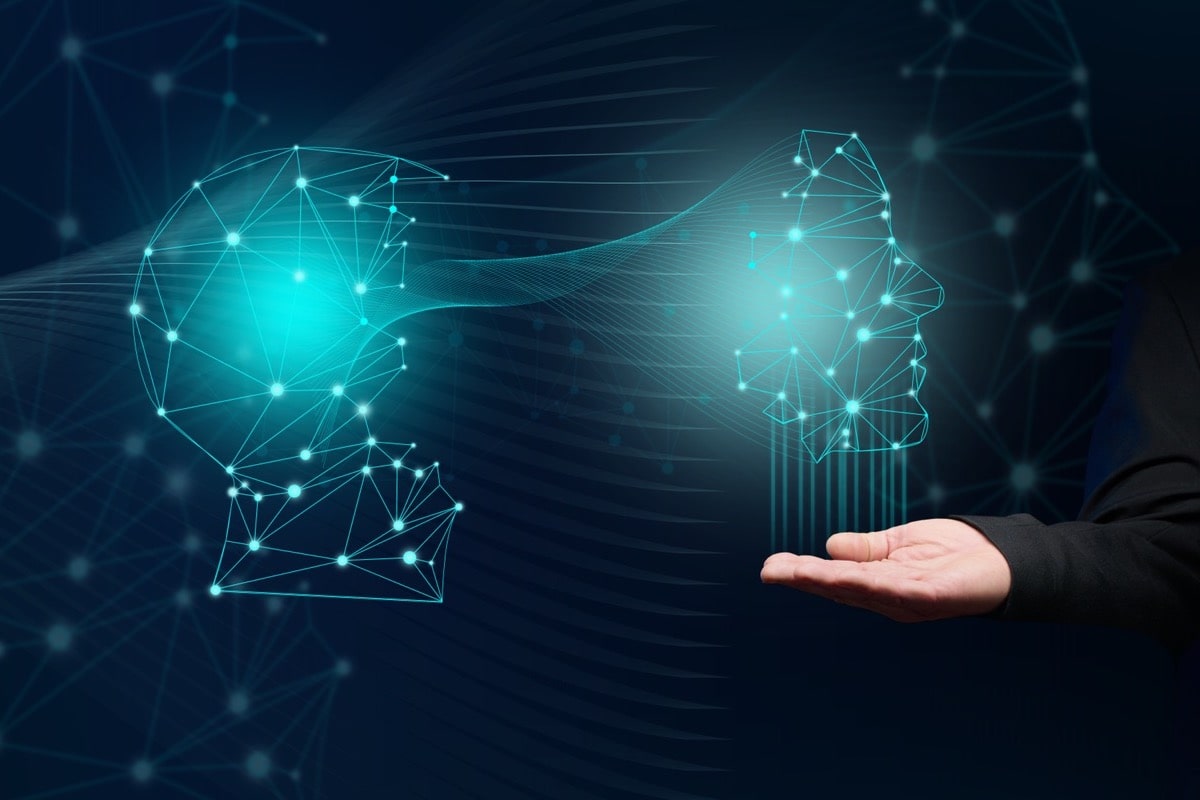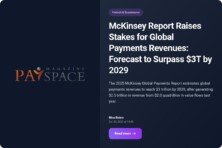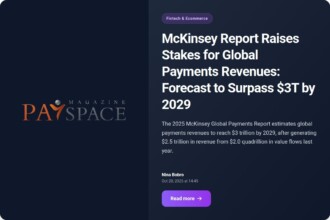The answer to whether generative AI will take your place at work can be found in the new McKinsey study

The management consulting firm McKinsey & Co. issued a new report on June 14, with a forecast that AI automation could take over 50% of today’s work activity by 2045.
The study predicts that AI will have the “biggest impact” on high-wage workers, as the technology may be most likely to substitute humans in tasks related to decision-making, management, and interfacing with stakeholders.
Moreover, 75% of generative AI value creation will come from customer service operations, marketing and sales, software engineering, and research and development (R&D) positions, which are typically well-paid.
The firm sees incredible economic potential in generative AI, with its productivity boost able to add trillions of dollars in value to the global economy. McKinsey analyzed 63 possible use cases for artificial intelligence technology and concluded that generative AI could add the equivalent of $2.6T – $4.4T annually to the global GDP.
Furthermore, this estimate would double if the impact of software with embedded generative AI beyond those use cases is taken into account.
Banking, high-tech, and life sciences are expected to become the industries that could see the biggest impact as a percentage of their revenues from generative AI. Across the banking industry, the technology could deliver an additional value of $200B to $340 billion annually, given full implementation of the use cases. In retail and consumer packaged goods, the potential impact stands at $400 billion to $660 billion a year.
Earlier, the firm predicted that the same level of work activity replacement would occur in 2053. However, recent developments in generative AI have “accelerated” McKinsey’s “midpoint” prediction by nearly a decade — to 2045.
The previous prediction range for 50% of work being automated was 2035-2070. The firm doesn’t narrow a window of expectations, since there are too many factors that could influence mass adoption, such as investment decisions and regulation, not to mention the possible expansion of AI functions.









